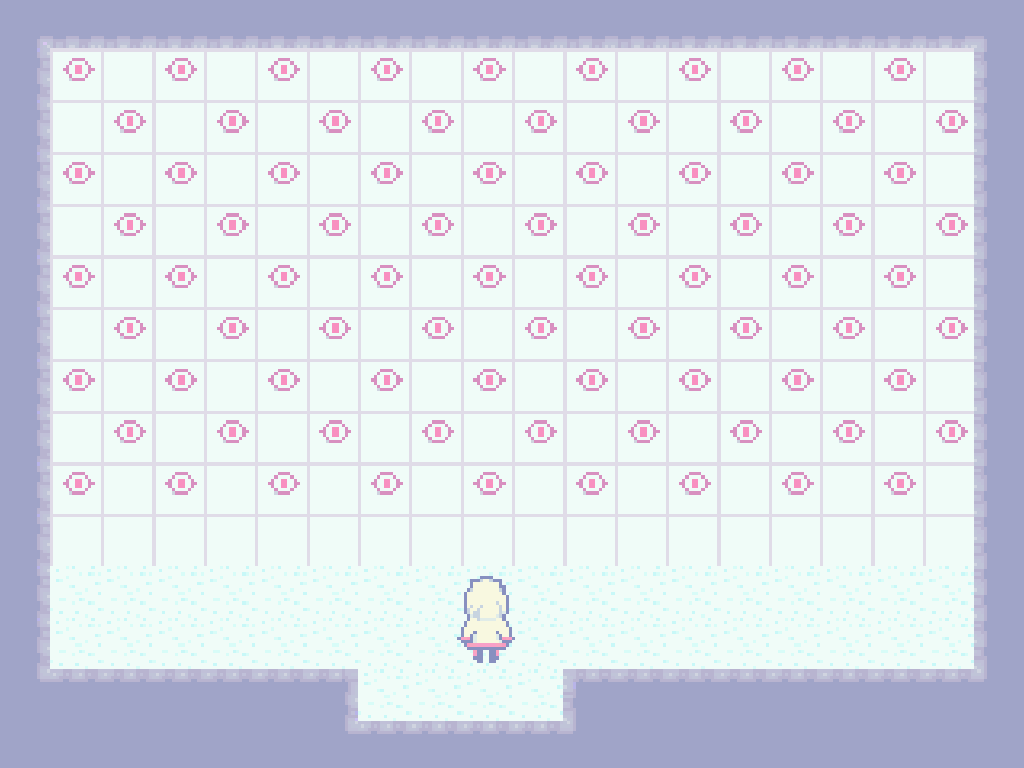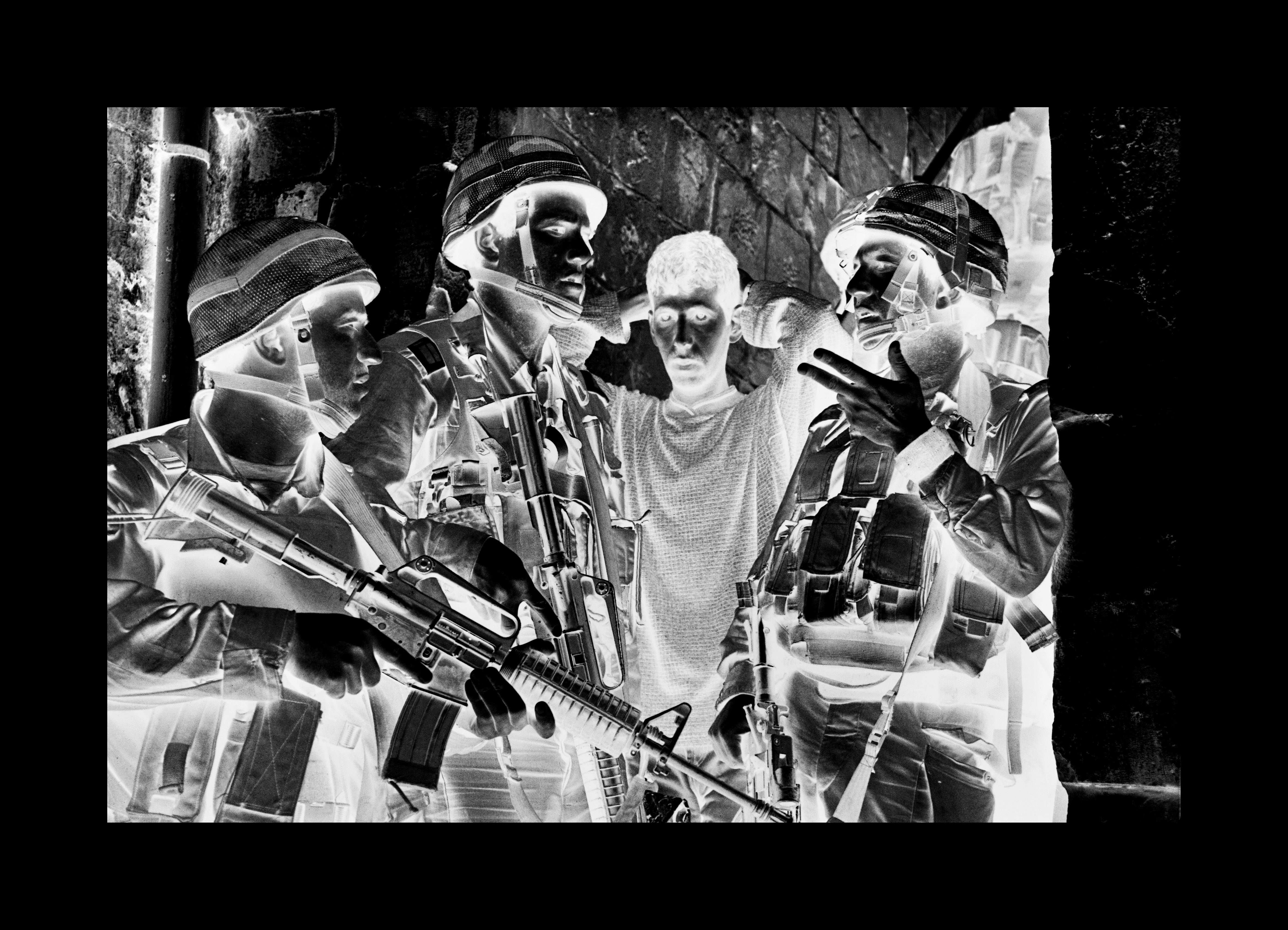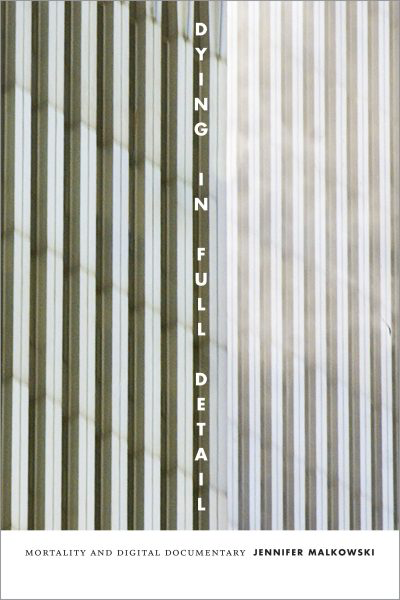Being
By Iasmin Omar Ata “We are the wound in the Arab world … everyone watches what happens to us.” –Nader Said1 Being is an abstract adventure game that explores, from a future lens, the past and present of the Palestinian lived experience.2 In the story of Being, the Palestinian diaspora has extended to outer space as the Earth crumbles. You play as a Palestinian cadet, sent back down to Earth by the colony, on a mission to recover artifacts, memories, and messages from a region near an old border. Your ship crashes into a ruined complex of houses; you step out of your ship into an eerie, red-light room. There are three doors around you and a table in the middle of the room, on which appear to be a cassette player as well as a cassette tape—but parts of the ribbon seem to be cut out. Curious as to what it would say, you begin looking around to see if the tape pieces are nearby. The first zone of the game focuses on memories …








